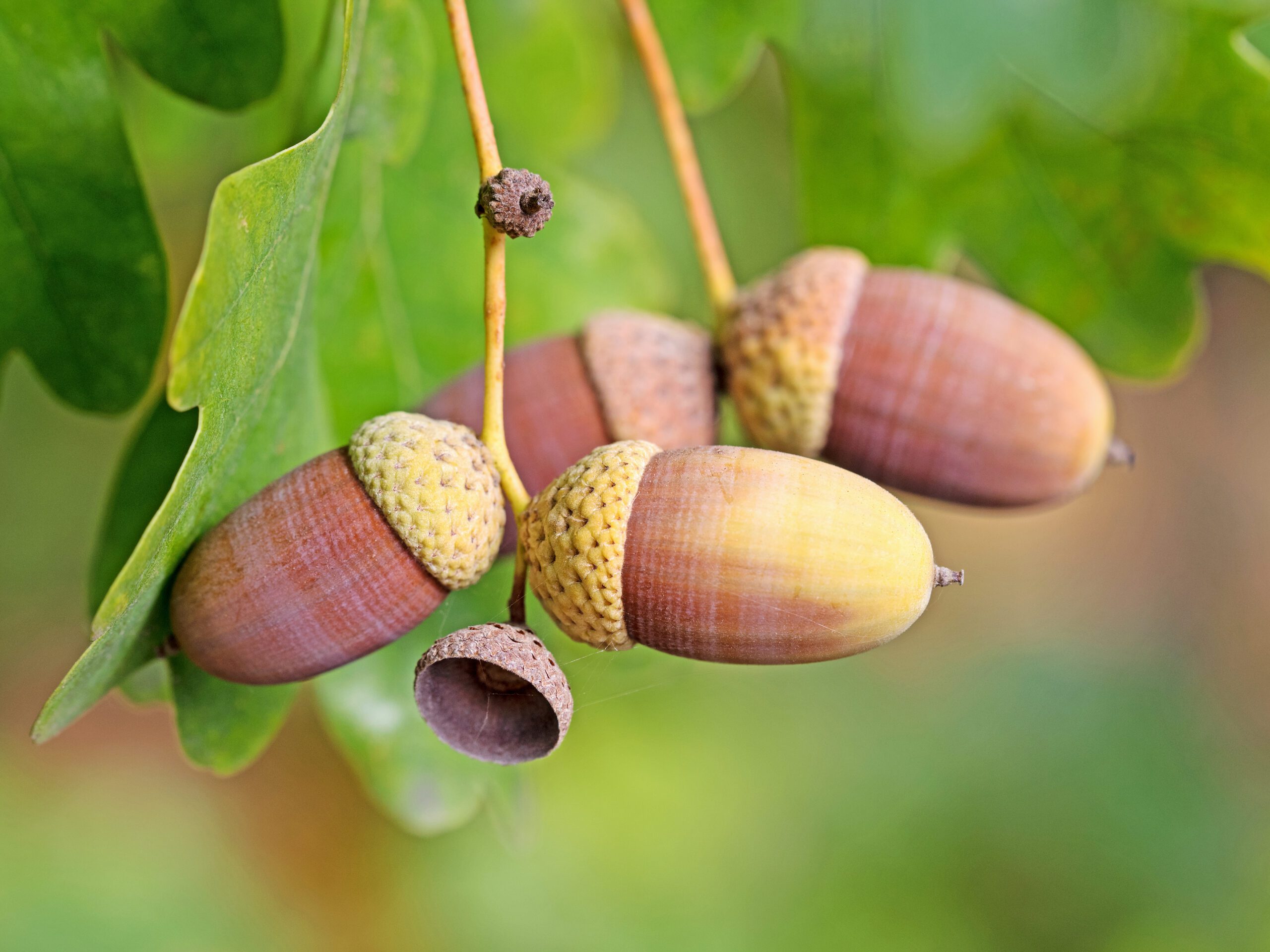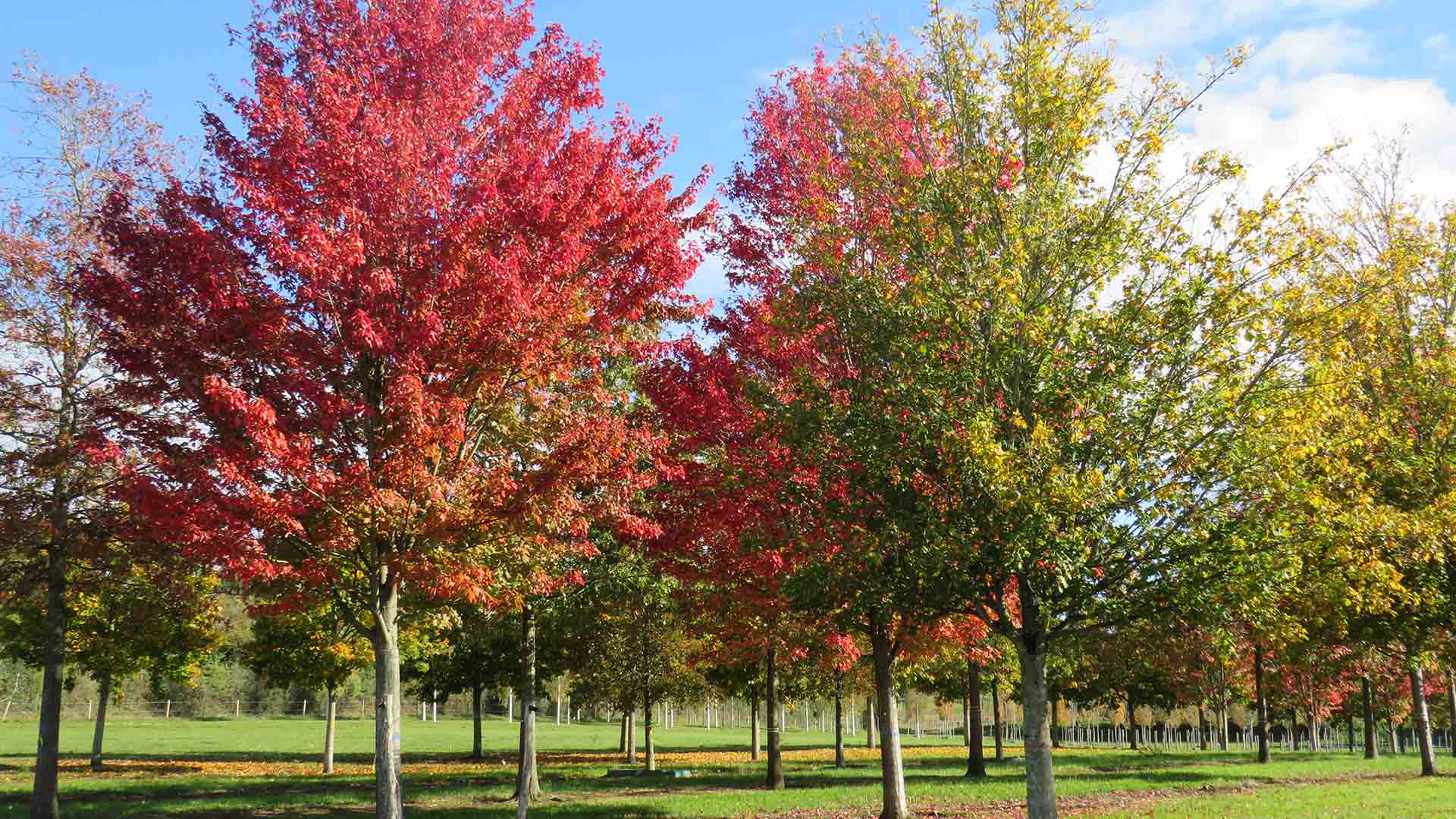The Oak Processionary Moth (OPM) caterpillars typically feed on Oak (Quercus) leaves. Their feeding behaviour can cause defoliation, weaken the trees, and create long-term damage if infestations are left unchecked.
OPM was first identified in 2006, London, and has spread to some surrounding areas. As the name suggests, caterpillars move in processions where they form long lines following one another in a nose-to-tail manner. They create silk trails and build nests on the branches and trunks of trees. Once they have emerged as moths, they’ll spread from one tree to the next.
Nests are found in late spring to early summer. Caterpillars will appear from late March to early May and move down the tree as they build nests. They’ll retreat to the nests from late June to early August. Here, they’ll form a cocoon where they remain until they emerge as adult moths.
OPM has become a concern in recent years due to its rapid expansion and potential risks to human and animal health. The toxic hairs of the caterpillars when released into the air can cause rashes, breathing problems and eye irritations.
In the 2019 the UK passed a new plant health regulation stating that (in affect) no Quercus (other than Cork Oak) can be imported in to the UK above the girth size of 8cm.
As well as the import restrictions, DEFRA / APHA have implemented movement restrictions in an attempt to control and slow down the spread of OPM within the UK. There are currently four zones with different movement rules within each, 2023_zones_with_10km_exclusion_zone.pdf (publishing.service.gov.uk) shows details the four zones and the Oak Processionary Moth Monitoring (arcgis.com) website can be used to input a delivery postcode to see which zone that postcode falls into.
OPM Zones
Established zone – An area around London out of which no Oak can be moved.
Buffer Zone – An area surrounding the established zone. Oaks can be moved into the Established zone, but not outside the buffer zone.
Exclusion Zone – a 10km zone around the perimeter of the buffer zone in which no Oak can be moved in to or moved out of.
Pest Free Zone – Free movement of Oak.
Hillier Nurseries currently sit within the buffer zone, so we are able to deliver Oak into the buffer zone and established zone, but we are restricted from delivering into the pest free zone and exclusion zone.
In our field and container tree nurseries we have thousands of Quercus growing in various varieties and numerous different sizes. We are one of the very few nurseries with availability of semi mature Oak.
Oak, particularly Quercus Robur (English Oak) is a critically important tree within the UK landscape, an environmental goliath, with a mature Oak supporting thousands of different insect and bird species. This is why Hillier have continued to plant Oaks in our production fields in large numbers and why landscape architects, designers and landscape contractors must keep pushing Oak to their clients as an important tree to include in planting plans whenever the project and conditions allow.
More information on OPM can be found on Gov.uk and Forestry Commission:
https://www.gov.uk/guidance/managing-oak-processionary-moth-in-englandhttps://www.forestresearch.gov.uk/tools-and-resources/fthr/pest-and-disease-resources/oak-processionary-moth-thaumetopoea-processionea/
Recent Articles

Hillier Takes Root in HS2’s Vision for Old Oak Common
11 April 2025

The Best Trees for Car Parks
19 March 2025

Discover the Best Drought-Tolerant Trees for Your Landscape
6 January 2025
